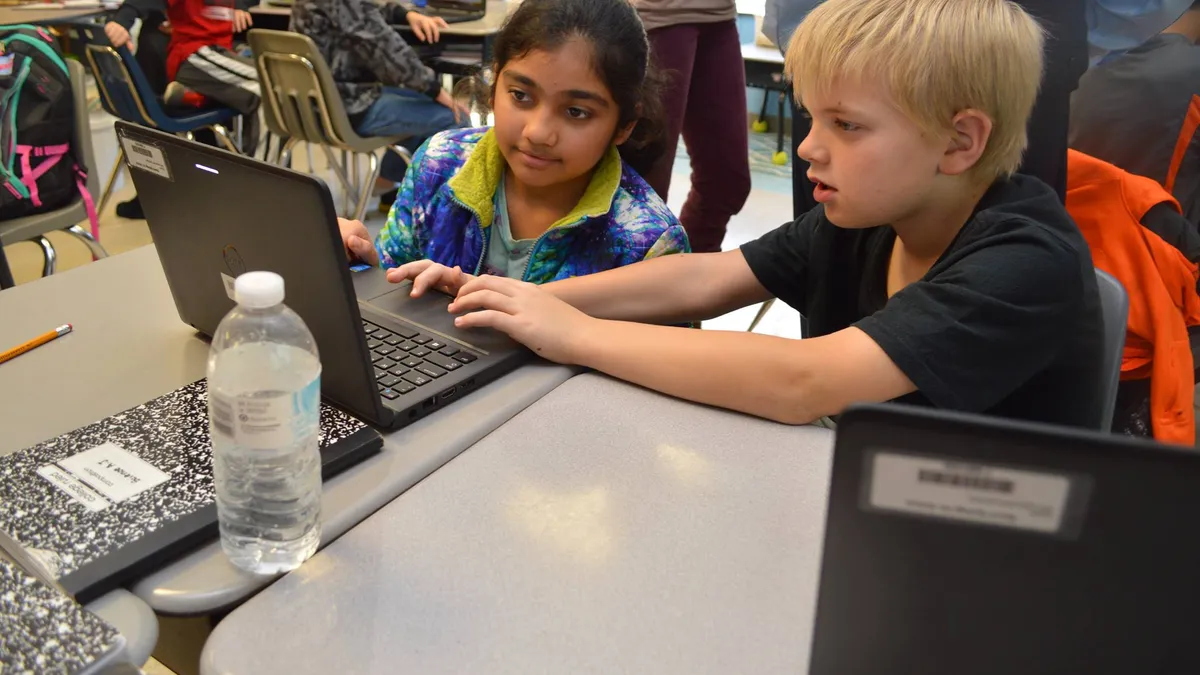Dive Brief:
- While No Child Left Behind did not limit schools’ use of personalized or blended learning, the Every Student Succeeds Act explicitly supports the alternative education models through guidance as well as funding.
- The Hechinger Report writes ESSA could be a catalyst for innovation, potentially prompting a move away from the standard grade-level system where every student is expected to progress at the same rate, which six schools in New Hampshire have already abandoned, supported by a 2005 state policy shift that awarded credit based on content mastery, not seat time.
- Because ESSA relaxes how states must measure student achievement, there is a new level of flexibility when it comes to education policy, and state and local organizations are releasing a rash of white papers to help states create new plans that are due for approval by the federal government this spring.
Dive Insight:
Through No Child Left Behind and spurred on by the Obama administration’s Race to the Top competitive funding distribution, federal control over state education policy has been strong for more than a decade. Now, with power returned to state capitals, many civil rights advocates, especially, are wondering whether all 50 states can actually handle the responsibility.
One reason the federal government assumed so much power over measuring student achievement was because schools and districts across the country were ignoring disadvantaged groups and leaving them to fail, and states were letting it happen. ESSA provides the opportunity for states to recommit to these groups, but there is no guarantee all 50 will do so. Personalized and blending learning do, however, offer local schools and districts ways to take into account the unique needs of each student, setting them on a path to success.













